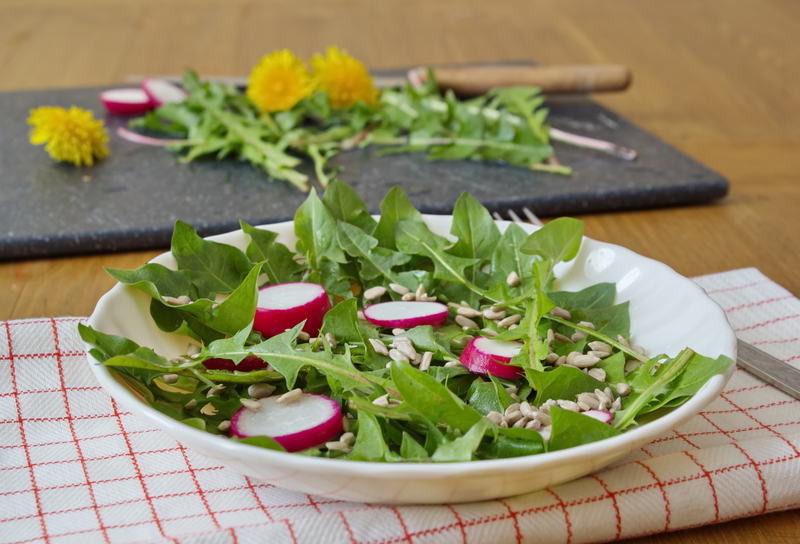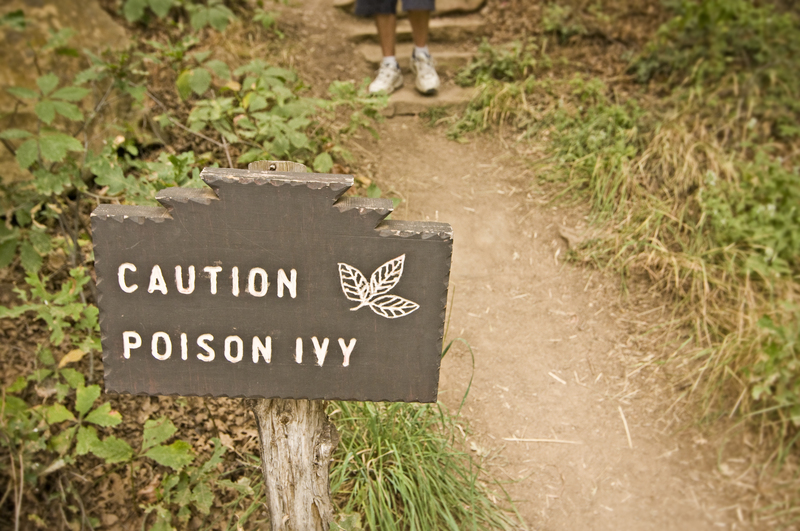Master Portable Planting with These 3 Moveable Garden Strategies
Portable planting is revolutionizing the way urban dwellers, small-space gardeners, and plant enthusiasts approach their green spaces. With moveable garden strategies, you can maximize flexibility, optimize sunlight, and effortlessly adapt to changing seasons or preferences. In this comprehensive guide, we'll explore three innovative moveable planting techniques that will empower you to design lush, dynamic, and adaptable gardens--no matter your space constraints.

Why Choose Portable Planting?
Traditional gardens are often static and challenging to redesign once established. But moveable garden solutions empower you to:
- Relocate plants for optimal sunlight exposure or to revive declining specimens
- Protect delicate plants from harsh weather by moving them indoors or to shelter
- Experiment with new garden layouts and broaden your design creativity
- Garden efficiently in small, rental, or balcony spaces
By mastering portable planting methods, you unlock a new dimension of gardening--one that's adaptable, resilient, and incredibly fun.
Portable Planting Strategy #1: Container Gardening Reimagined
Elevating Your Container Garden Game
 Container gardening is the cornerstone of portable planting. But today's modern moveable gardens take this classic strategy further by leveraging new materials, innovative setups, and thoughtful placement to create dynamic outdoor and indoor oases.
Container gardening is the cornerstone of portable planting. But today's modern moveable gardens take this classic strategy further by leveraging new materials, innovative setups, and thoughtful placement to create dynamic outdoor and indoor oases.
Choosing the Right Containers:
- Lightweight Materials: Opt for containers made of resin, fiberglass, recycled plastic, or lightweight ceramics. These are easy to move even when filled with soil.
- Built-in Handles or Wheels: Consider pots and planters with casters, wheels, or secure handles to make relocation effortless.
- Self-Watering Designs: Busy gardeners will love containers with built-in reservoirs to reduce watering frequency.
- Insulated Walls: Containers with double walls protect plant roots from temperature fluctuations when moving between indoors and outdoors.
Top Plants for Portable Containers
- Herbs: Basil, parsley, mint, and thyme thrive in small, easily-moved pots.
- Edibles: Lettuces, strawberries, dwarf tomatoes, and peppers adapt well to container life.
- Ornamentals: Petunias, pansies, succulents, and dwarf evergreens can be combined for striking portable displays.
Tactical Placement for Flexibility
- Group containers on mobile carts or plant stands for quick and easy rearrangement.
- Place moveable planters near doors or windows for efficient transport during bad weather.
- Use vertical shelving or multi-level plant racks on balconies and patios for maximum space efficiency.
Expert Tip: Align your moveable containers with the sun's movement to ensure your plants always get optimal light. Use rolling platforms or plant trolleys to make adjustments a breeze!
Portable Planting Strategy #2: Mobile Raised Beds & Rolling Gardens
Take Your Garden "On Wheels"
Moveable raised beds and rolling garden carts bring the convenience and productivity of a traditional garden bed to any location--even rooftops, driveways, or patios where digging isn't possible. They're the ultimate expression of adaptable mobile gardening.
Types of Mobile Raised Beds
- Wheelbarrow Beds: Old wheelbarrows can be transformed into rustic, easily-moved planters. Drainage holes and quality potting mix are essential.
- Patio Planter Carts: Purpose-built garden carts or planters on wheels offer larger soil volumes for deep-rooted veggies and dwarf trees.
- DIY Pallet Planter Boxes: Upcycled wooden pallets can be converted into portable bed frames. Add casters for mobility and line with landscaping fabric for soil retention.
Best Practices for Moveable Garden Beds
- Soil Health: Choose a high-quality raised bed soil mix, and refresh compost or organic matter annually for thriving mobile plantings.
- Watering Efficiency: Mobile beds dry out faster than in-ground gardens; consider a simple drip irrigation line connected to a portable water source for convenience.
- Weight Management: Avoid overfilling raised beds beyond what you can safely move. Lightweight soil additives like perlite and vermiculite keep beds light and drains well.
- Seasonal Flexibility: Roll beds into shade during midsummer or closer to heat-retaining walls in early spring and fall.
Pro Gardener Insight: In cold climates, mobile raised beds can be pushed into a sunroom or garage to extend your harvest, turning portable raised beds into true four-season gardens.
Portable Planting Strategy #3: Hanging and Modular Vertical Gardens
Maximize Space with Vertical Movement
Urban gardeners and apartment dwellers with limited footprint can still master portable planting by thinking vertically! Moveable wall planters, stackable growing towers, and hanging baskets allow creative plant displays and easy repositioning to chase the sun or protect from the elements.
Best Moveable Vertical Garden Systems
- Modular Living Wall Panels: Freestanding or wall-mounted panels fitted with lightweight pockets suit herbs, strawberries, lettuces, and trailing flowers. Swap out plant pockets or rearrange panels as needed.
- Stackable Growing Towers: Food-safe plastic or ceramic towers let you grow a large number of plants in minimal space. Many come with built-in wheels for easy transport.
- Portable Hanging Planters: Hanging baskets with easy-release hooks can be moved indoors, hung from sturdy portable racks, or suspended along railings. Ideal for trailing annuals and vining edible crops.
Design Tips for Moveable Wall Gardens
- Flexible Mounting: Use adjustable rail brackets, temporary hooks, or tension rods when attaching vertical gardens, preventing permanent wall damage.
- Water Catchment: Always use built-in saucers, drip trays, or custom waterproof liners to prevent mess if bringing vertical planters indoors.
- Seasonal Swaps: Swap out cool-weather and warm-weather plants with the season for year-round green displays.
Vertical garden systems are particularly ideal for renters or anyone who enjoys frequent redesigns. Plus, they're perfect for *herbs, succulents*, or pollinator-friendly blooms.
Bonus Tips for Successful Moveable Gardens
- Track Sun Patterns: Use gardening apps or a simple notebook to track light availability in various locations and plan your moves accordingly.
- Group by Watering Needs: Keep thirsty plants together and drought-tolerant species separate for more efficient care when moving them around.
- Prepare for Sudden Moves: Equip your moveable gardens with coasters, dollies, or handles so you can react quickly to sudden weather changes.
- Pest and Disease Control: Moving plants can help isolate outbreaks, but always sanitize containers when relocating plants indoors.
- Creative Edging: Employ colorful pots or coordinated palettes for aesthetic impact that can be shifted and redone whenever you feel inspired.
The Environmental Benefits of Mobile Gardening
Portable planting doesn't just give you flexibility; it helps you conserve resources and minimize your ecological footprint. Why? Because moveable garden designs enable:
- Less Soil Disturbance: No need to dig up yards or disturb wildlife habitat in permanent beds.
- Efficient Use of Water: Group moveable planters together to focus irrigation on needy plants, reducing waste.
- Microclimate Management: Move pots to cooler or warmer spots as needed, providing better survival rates for sensitive plants.
Frequently Asked Questions - Portable Planting and Moveable Gardens
1. Can moveable planting systems work for large outdoor gardens?
Absolutely! By using rolling raised beds, large planter troughs on wheels, or grouping modular containers together, you can scale up your moveable garden approach for substantial outdoor spaces. This technique is especially handy for demonstration gardens, schools, or event landscaping.
2. How do I prevent soil and roots from shifting when I move mobile planters?
Use lightweight yet firm soil mixes enriched with coconut coir, compost, and perlite or vermiculite. Consider stabilizing plants with bamboo stakes if moving frequently. Also, wait until soil is slightly dry before relocating, as wet soil is much heavier and can compact root zones.
3. What is the best way to move plants without shocking their roots?
Move your garden containers during cooler parts of the day, ideally morning or early evening, and water thoroughly before and after relocating. Gradually acclimate sensitive plants to new light or temperature conditions by moving them in stages (e.g., to a shaded area before exposing to full sun).
Getting Started: Step-by-Step Moveable Garden Plan
- Assess Your Space: Identify areas with the best sun, shelter, and accessibility. Track these zones through different seasons if possible.
- Set Your Garden Goals: Do you want year-round edible harvests, lush floral displays, or a flexible mix? Plan which portable garden strategy fits best.
- Invest in Quality Gear: Choose lightweight, durable containers, mobile raised beds, or vertical setups. Look for items fitted with wheels, handles, or hooks.
- Organize Your Plants: Group by sunlight requirements and watering needs to streamline care when moving them.
- Adapt and Optimize: Take advantage of your garden's flexibility! Move plants to capitalize on sunlight, reroute them away from harsh conditions, or simply redesign for seasonal flair.

Conclusion: Unleash Your Green Thumb with Portable Planting
Portable planting methods and moveable garden strategies unlock unmatched adaptability, resilience, and creativity for gardeners everywhere. Whether you're restricted by space or simply want the freedom to experiment, these approaches give you full control over your growing environment.
When you master moveable gardening, no season, storm, or change of mood can keep you from creating the green paradise you dream of. Embrace container innovations, experiment with mobile raised beds, and think vertically for a versatile, low-stress, and highly rewarding garden experience.
Start small, experiment boldly, and remember: the most beautiful gardens are often the ones that move with you.
Ready to Master Portable Planting?
With these three moveable garden strategies and a creative mindset, you're equipped to build a thriving, high-impact portable planting system. Redefine your green spaces today--wherever you may go!